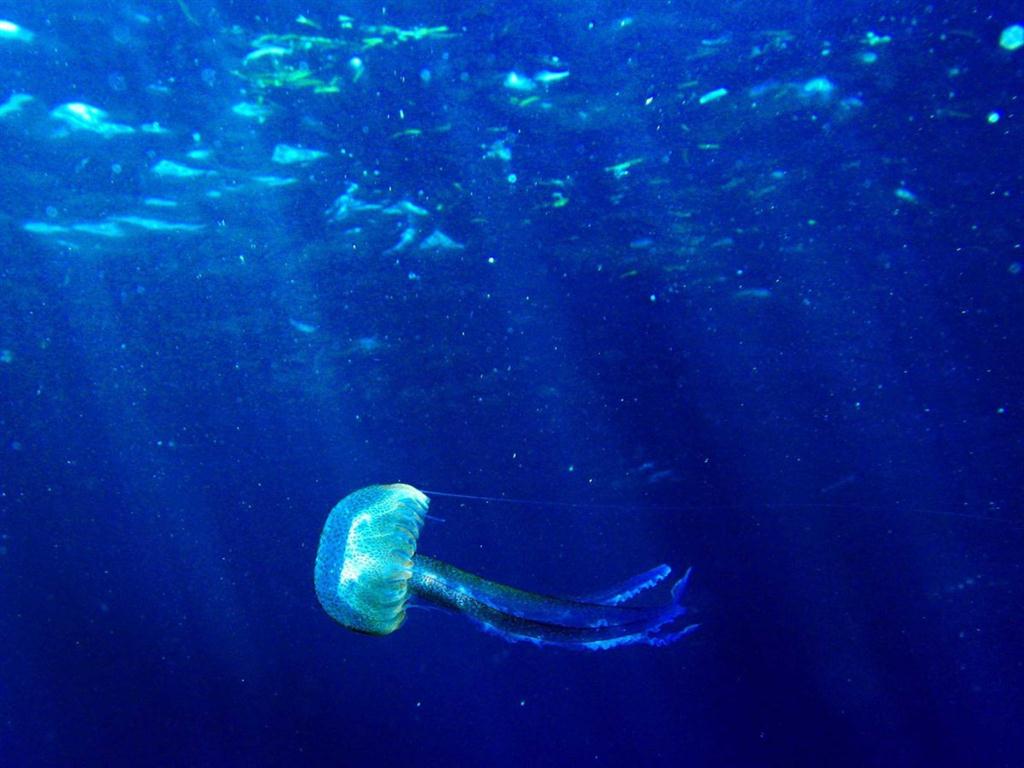Scientist says pelagic fisheries diminishing
An increase in jellyfish means competition for the other species and could even lead to the fast decrease of fish stocks.
WALVIS BAY – Chances are high that pelagic fisheries will diminish along the Atlantic coast of Africa, a scientist has concluded.
Pelagic includes small fish such as sardines and herrings as well as bigger fish such as tuna and pilchard.
Norwegian chief scientist Bjorn Erik Axelsen of the Dr Fridtjof Nansen Advanced Research Vessel told reporters at Walvis Bay on Saturday that a survey they are currently conducting detected less pelagic.
The vessel commenced a survey on pelagic in Morocco in May and reached the Port of Walvis Bay this week.
It will conclude the survey in Cape Town, South Africa, in the next few weeks.
Axelsen, however, assured that apart from that finding, there are no other worrying discoveries in the Atlantic, which also covers Namibia.
“What is for sure is that the pelagic will diminish; what is not clear is how fast and when exactly it can happen.”
He added that the survey discovered that the population of jellyfish in the Atlantic coast of Africa increased rapidly.
“The jellyfish population has exceeded far more that of the pelagic,” the scientist said.
He said such an increase will mean competition for the other species and could even lead to the fast diminishing of fish stocks.
“Jellyfish are not that consumable, hence there is little or no use for them; that’s why they have increased fast,” he explained.
Some fish, however, do prey on them.
Axelsen said the challenge is to find a way to harvest and use jellyfish for economic gains.
The internet has unconfirmed reports of jellyfish being eaten in China.
In Israel innovators are allegedly looking at making biodegradable diapers and female hygiene products out of jellyfish.
Axelsen said the survey also found that various fish species are available in abundance, but in deep water where they cannot be caught.
“The use of light can bring some species closer while others go deeper when they see light.”
He explained that the survey aims to understand the behaviours and population of fisheries and implications in order to manage them sustainably.
The Dr Fridtjof Nansen research vessel is described as the third most advanced in the world. - Nampa
Pelagic includes small fish such as sardines and herrings as well as bigger fish such as tuna and pilchard.
Norwegian chief scientist Bjorn Erik Axelsen of the Dr Fridtjof Nansen Advanced Research Vessel told reporters at Walvis Bay on Saturday that a survey they are currently conducting detected less pelagic.
The vessel commenced a survey on pelagic in Morocco in May and reached the Port of Walvis Bay this week.
It will conclude the survey in Cape Town, South Africa, in the next few weeks.
Axelsen, however, assured that apart from that finding, there are no other worrying discoveries in the Atlantic, which also covers Namibia.
“What is for sure is that the pelagic will diminish; what is not clear is how fast and when exactly it can happen.”
He added that the survey discovered that the population of jellyfish in the Atlantic coast of Africa increased rapidly.
“The jellyfish population has exceeded far more that of the pelagic,” the scientist said.
He said such an increase will mean competition for the other species and could even lead to the fast diminishing of fish stocks.
“Jellyfish are not that consumable, hence there is little or no use for them; that’s why they have increased fast,” he explained.
Some fish, however, do prey on them.
Axelsen said the challenge is to find a way to harvest and use jellyfish for economic gains.
The internet has unconfirmed reports of jellyfish being eaten in China.
In Israel innovators are allegedly looking at making biodegradable diapers and female hygiene products out of jellyfish.
Axelsen said the survey also found that various fish species are available in abundance, but in deep water where they cannot be caught.
“The use of light can bring some species closer while others go deeper when they see light.”
He explained that the survey aims to understand the behaviours and population of fisheries and implications in order to manage them sustainably.
The Dr Fridtjof Nansen research vessel is described as the third most advanced in the world. - Nampa





Comments
Namibian Sun
No comments have been left on this article